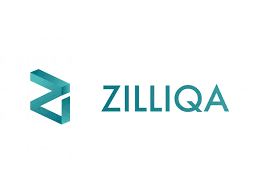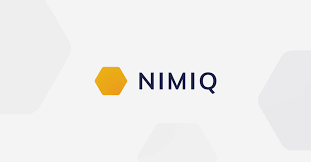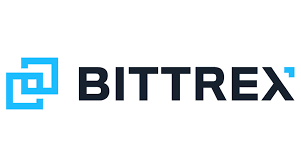Bitcoin and Einsteinium are two captivating digital assets that have captured the attention of both investors and enthusiasts in the rapidly evolving landscape of cryptocurrencies. While Bitcoin stands as the indisputable pioneer and the quintessential representation of decentralized financial transformation, Einsteinium holds its allure in this dynamic arena. On the other hand, Einsteinium stands out as a distinctive cryptocurrency with a charitable twist that aims to assist scientific investigation and study. This comprehensive comparison sheds light on the distinctive positions of Bitcoin and Einsteinium in the world of digital currencies by comparing their attributes, objectives, and underlying technology.

The genesis of bitcoin and einsteinium
Someone who didn’t reveal their identity, called Satoshi Nakamoto, introduced Bitcoin in 2009. It’s a special kind of money that works directly between people, and it’s open for anyone to use. They also published a paper in 2009 that described this novel kind of payment, which was significant. The very first block of Bitcoin was produced on January 3, 2009, marking the beginning of the first cryptocurrency and the blockchain technology that underpins it. Contrarily, Einsteinium was introduced as a distinct cryptocurrency with a charity goal on March 1, 2014. It was created by a group of Bitcoin fans who wanted to develop a virtual currency that would support exploration and research initiatives. The Einsteinium Foundation uses blockchain to enhance research, inspired by Isaac Newton’s quote: “I have seen further by standing on the shoulders of giants.”
Principal goal and use
The main uses of Bitcoin, also known as “digital gold,” are as a store of wealth and a medium of exchange. No centralized organization or government can manage or influence its value thanks to its decentralized structure. As a result, it has gained widespread acceptance as a safe-haven asset since many people see it as a hedge against inflation and economic upheaval. The 21-million-coin limit on the supply of this cryptocurrency increases its perceived scarcity and worth.
Unlike Bitcoin, Einsteinium has a clear humanitarian objective. Each block’s payout automatically includes a 2.5% mining tax that is given to the Einsteinium Foundation, a charitable organization. Through a public vote, the foundation uses these monies to support various scientific research and exploration programs. It is a community-driven initiative to enhance science and education since users and contributors actively participate in deciding how money is allocated.
Technology foundations
Blockchain, a distributed ledger designed to securely and transparently record all transactions, forms the foundational technology behind Bitcoin. Transactions are validated by a network of decentralized nodes using a process called mining. The first miner to arrive at a valid answer wins the right to add a new block of transactions to the blockchain. Miners compete to solve challenging mathematical riddles. Within the Bitcoin network, this procedure guarantees immutability, security, and consensus.
Since Einsteinium is built on a fork of the Bitcoin protocol, it shares blockchain technology with it. It uses the same proof-of-work consensus algorithm as Bitcoin, but with a modified mining tax to support scholarly endeavors. A democratic attitude to charitable giving is promoted through the public voting method, which ensures community participation in choosing which initiatives get money.
Market effectiveness and adoption
As the original cryptocurrency, Bitcoin has an unmatched level of market dominance and notoriety. It has survived several market cycles and has become the most extensively used cryptocurrency for both commerce and investing. Significant businesses, financial organizations, and even entire nations have expressed interest in this digital currency as a possible store of value and alternative asset.
As a specialized cryptocurrency with a narrow focus, Einsteinium might not be able to compete with Bitcoin in terms of market size or acceptance. To individuals who are enthusiastic about the nexus between cryptocurrencies and scientific research, however, it is an enticing option because of its purpose to promote scientific initiatives.
In conclusion, Bitcoin and Einsteinium serve as outstanding illustrations of the varied and creative use cases within the cryptocurrency ecosystem. By introducing a decentralized digital asset, Bitcoin transformed banking. By fusing blockchain technology with scientific charity, Einsteinium advanced that idea even further. These two currencies showcase digital currencies’ vast potential to drive significant change in diverse industries as the crypto landscape evolves.
You can also find these articles helpful
How Can You Start Mining Cryptocurrencies (Including Bitcoin)
How To Sell Bitcoins
Five ways to earn money with Bitcoin











